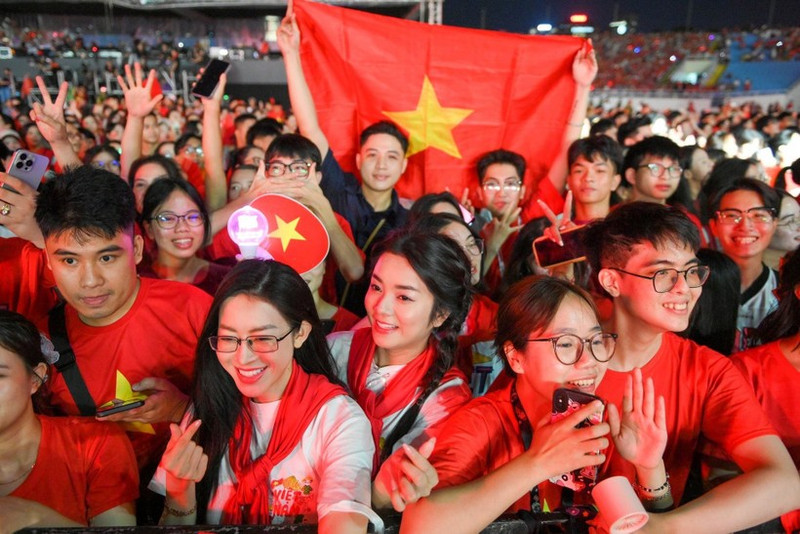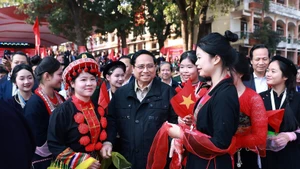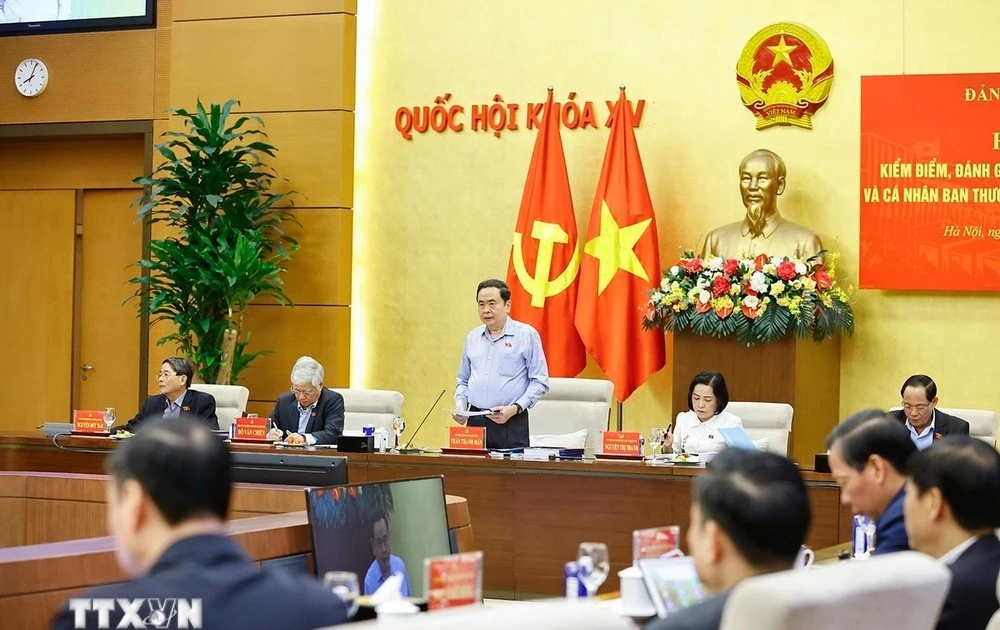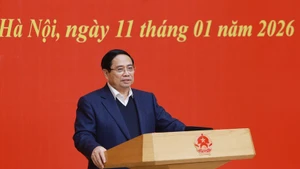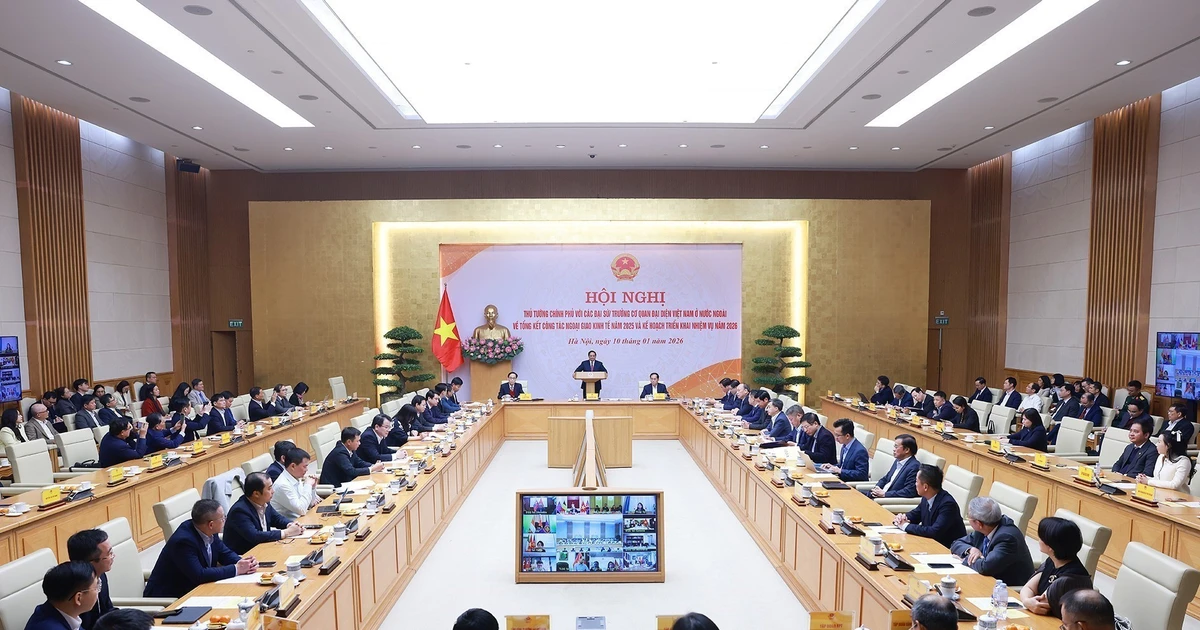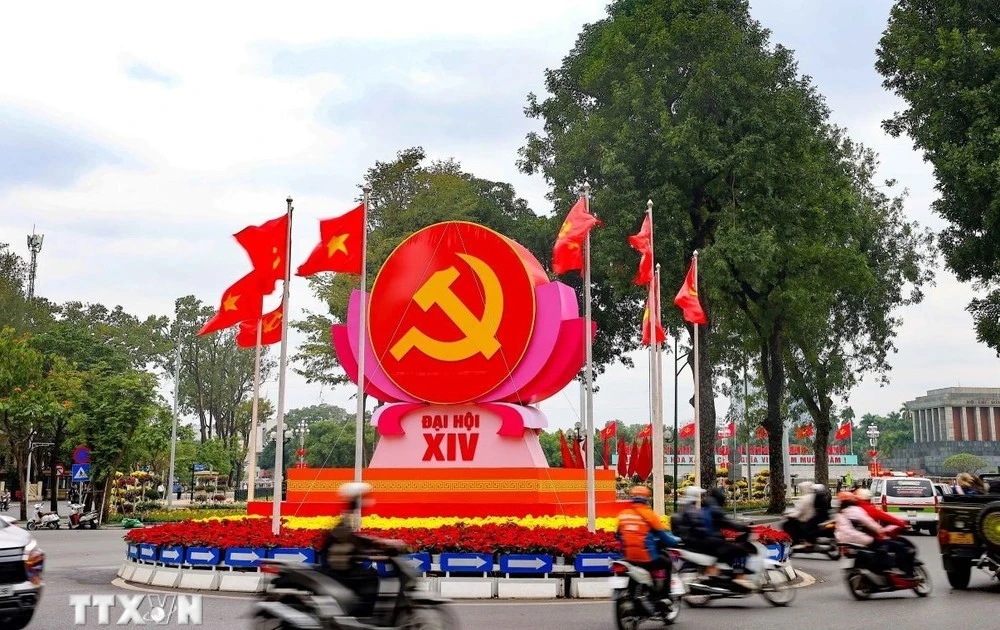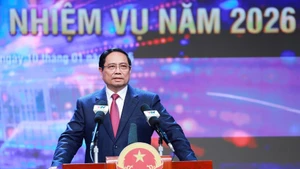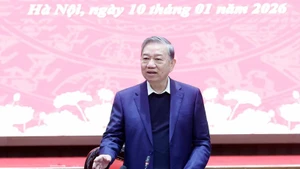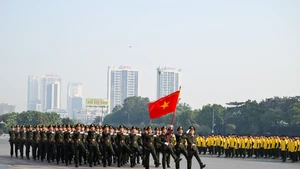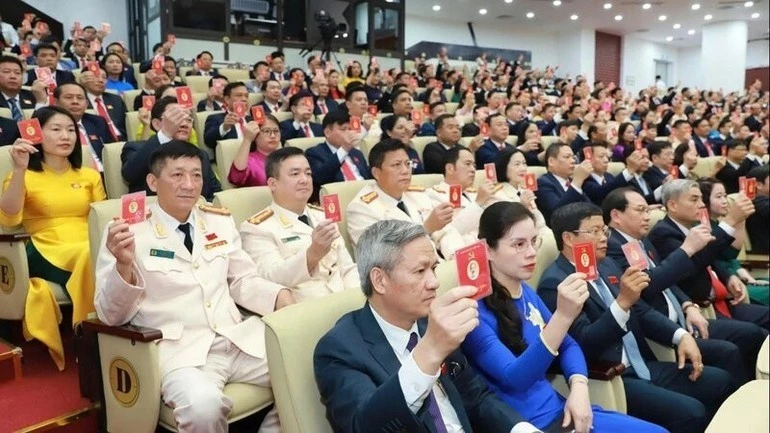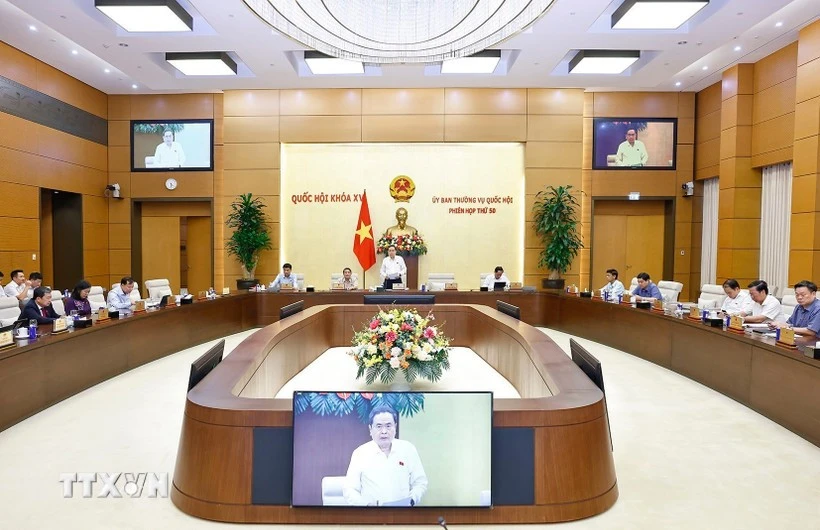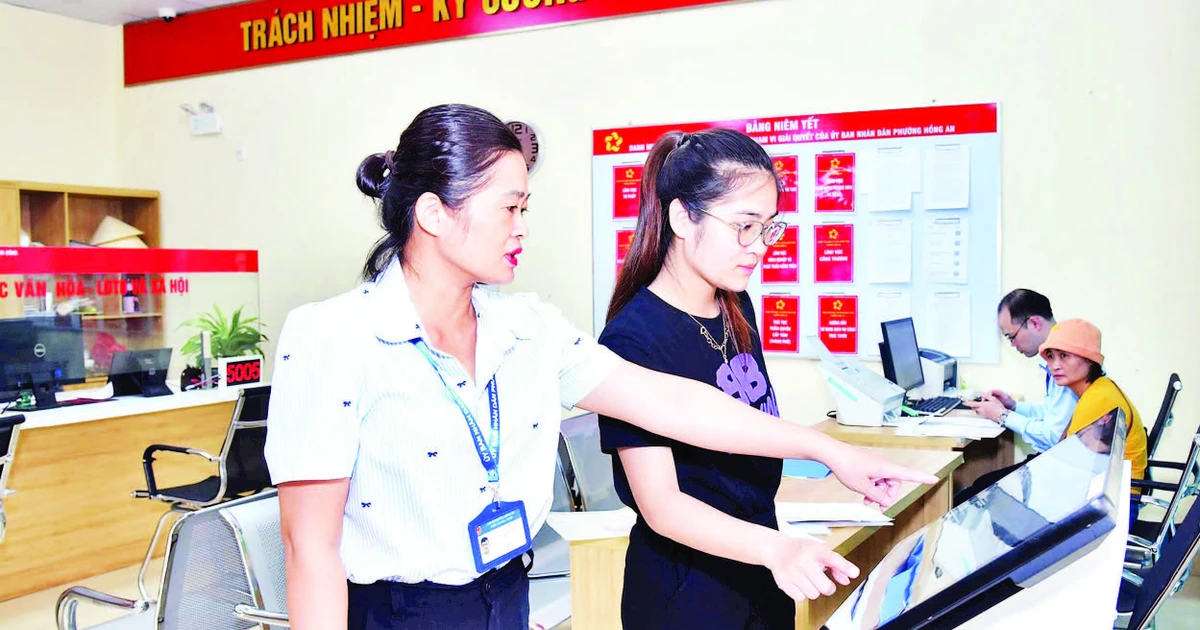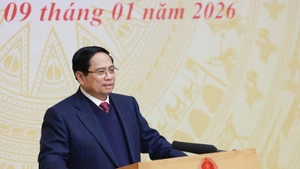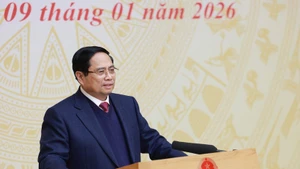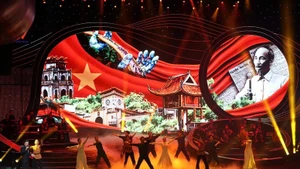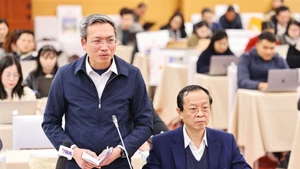These are core principles, showing the creative adaptation of communication in the new context.
Beyond a stage performance, “To quoc trong tim” became a nationwide media wave, topping the Social Trend interaction chart for three consecutive weeks. On digital platforms, millions of shares, short videos, photos and posts by young people turned moments such as 50,000 people singing the National Anthem together, the image of national flags waving, or revolutionary songs with new arrangements into sources of community inspiration. This was not only a cultural impact but also vivid proof of the fundamental changes in political communication principles.
From monologue to dialogue, from one-way to multi-platform interaction
Previously, political communication often followed a one-way model, relying on people’s passive reception. Today, success depends on creating spaces where the public can actively participate and co-create. In “To quoc trong tim”, the effect came not only from the stage but also from the spontaneous spread of tens of thousands of clips, photos and posts produced by the audience themselves, especially young people, adding multi-layered significance to the event.
At the same time, modern political communication cannot stop at formal speeches or announcements. Official messages and the core values of the nation and the revolution need to be transmitted in a friendly, youthful language suitable for the digital rhythm of life. When familiar revolutionary songs are given a new sound, blended with rap, EDM or pop ballad, this balance between official content and contemporary spirit makes political messages easier to receive and emotionally engaging for young people.
Another principle that is becoming clear is the need for multi-platform adaptation and suitable context. As social networks cover almost all aspects of life, each platform has its own features: TikTok is for short videos, YouTube for long-form analysis, Facebook and Zalo for community connection. Therefore, political communication must “speak” in the language of each platform instead of applying one message for all. The reach of “To quoc trong tim” showed the power of synchronised combination between television, mainstream press and social networks, creating a unified flow.
In the era of information explosion, with fake news, harmful content and even sophisticated deepfakes, trust has become the most valuable asset of political communication. Young audiences do not easily accept unclear information. They highly appreciate timeliness, acknowledgement of mistakes if any, and the ability to respond quickly to false rumours.
Dynamic and flexible forms of communication
The country has experienced the most vibrant days of celebrating the 80th anniversary of National Day (September 2). We can see attractive, visual and hi-tech application forms of communication from agencies, organisations, units and individuals, spreading the strong patriotism. The trend of political communication is changing, in line with the principles of digital communication.
Especially, there is a rise in short videos and live broadcasts, in which political messages are condensed into concise content, which are easy to share and spread. In addition, there is a growing number of young influencers – KOLs, KOCs or “citizen ambassadors” – whose natural influence in communities gives official messages special resonance.
It is also clear that communication now takes place not only on public platforms but also in closed communities, chat groups and messaging apps. Zalo or Messenger groups have become channels for mobilising and popularising information effectively with highly personalised approaches. Political and social events today are always linked with digital experiences, combining offline and online. People not only attend events directly but also join via livestreams, digital maps, challenges, and online filters.
From augmented reality (AR) experiences of Nhan Dan Newspaper, where readers scan QR codes to watch vivid videos about the liberation of Sai Gon, to the “Return to sacred moments” campaign of VOV and VTCNews, where viewers use virtual reality (VR) glasses to immerse themselves in the atmosphere of the ceremony at which President Ho Chi Minh read the Declaration of Independence on September 2, 1945, technology has drawn tens of thousands of people into unique experiences.
Political communication is also following the trend of “edutainment” – combining education with entertainment to make learning more attractive and easier to absorb for all ages. Major messages and historical lessons, when presented through vlogs, podcasts, short films or creative music clips, become more appealing and easier to spread. The important thing is to create emotions: pride, empathy, responsibility, and aspiration, which can then be turned into specific action. This is why message distribution today relies not only on demographics but mainly on understanding and guiding public emotions.
Meanwhile, the challenges of fake news and harmful content also require political communication to “build trust by design”. This requires the application of authentication technologies, labelling AI-generated content, and maintaining rapid response systems against fake news. Another important trend is linking political communication with public services. Political messages are not only in slogans but also in practical utilities: traffic reports, public service guides, event calendar updates – all integrated into apps familiar to citizens.
Along with innovation, regulating cyberspace and tightening legal frameworks on personal data and digital content are inevitable trends, creating a safe environment for official information to promote its effectiveness. In particular, as young people show signs of “social network fatigue” and become more selective about platforms, political communication must be more concise, or higher quality, truthful and humane.
In this context, the 80th anniversary of National Day has special significance. It is not only a historic milestone but also an opportunity for political communication to assert the nation’s soft power, linking glorious traditions with aspirations for development. For young people, the important thing is to help them feel that they are part of the common story – to participate, to create, to affirm their role. “To quoc trong tim” has introduced a new approach: turning each citizen, each young person into an active communication agent, multiplying the power of trust and patriotism.
It can be said that political communication in the digital era is not only a tool for delivering information but also a bridge for connection and a force for spreading national spirit. When communication is open to dialogue, close to the people, uses multi-platform rightly and remains transparent, it touches people’s hearts. And when trust, pride and patriotism are awakened and spread, they become a solid foundation for the nation to move forward into the future.
The political art programme “To quoc trong tim” has been called the “national concert” not only because of its scale, with more than 50,000 people at My Dinh Stadium, but also because it has become a social phenomenon, inspiring national pride and a strong spirit of solidarity among the people.
